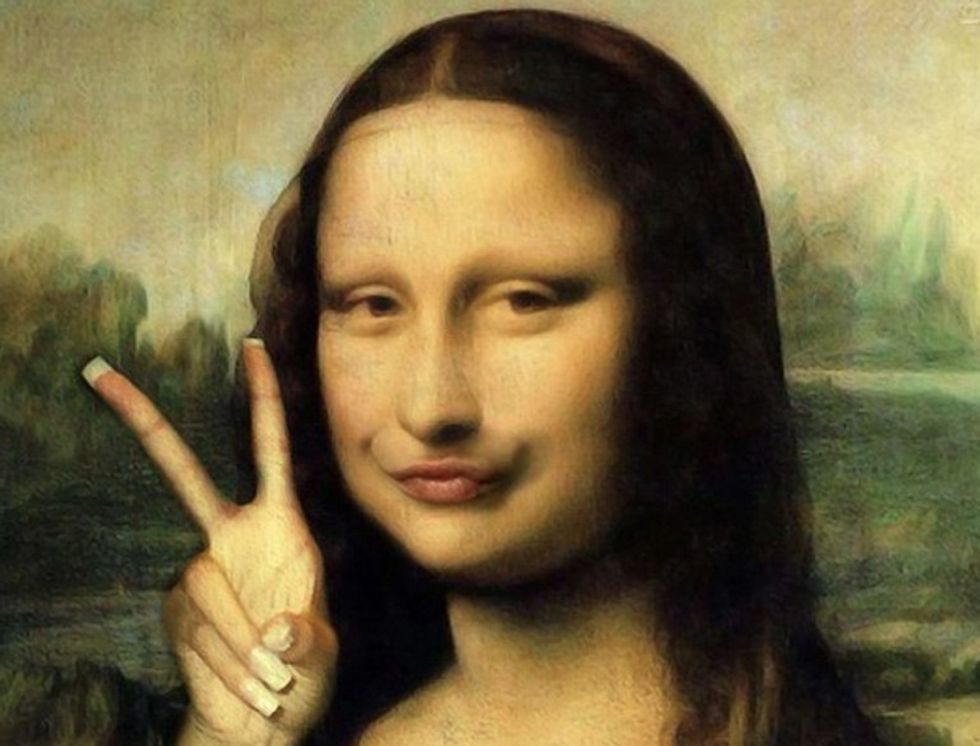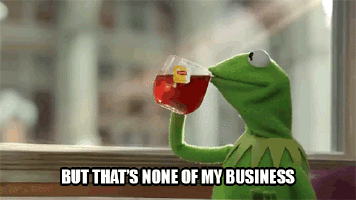Internet memes present a new facet of art in this digital era due to their overwhelming cultural significance.They are a red thread running through emails and social media such as Facebook, Twitter, Tumblr and Instagram.
The Merriam-Webster dictionary defines art as 'something that is created with imagination and skill and that is beautiful or that expresses important ideas or feelings.' The memes produced and reproduced in the online sphere fit this description. They are created with the aim to entertain, provoke or critique. While the product appears simplified, the creativity that generates any given meme is no different from that which goes into conventional artistic composition.
Internet memes are in fact challenging the definition art in ways reminiscent of the mid-twentieth century Pop Art movement. Pop Art purposed to narrow the gap between fine and "low" art by using subjects drawn from mass media and popular culture. Similarly, memes essentially use identifiable images and words relevant to a particular idea. Ambiguity is never the aim of any meme and this distinguishes memes from traditional art whose comprehension require careful study.
Beyond what Pop Art achieved, memes paradoxically belong to everybody and to nobody at the same time. There is no hierarchy that would give a chosen few exclusive rights to their creation or ownership. Courtesy of sites such as Imgflip.com and Memegenerator.net members of the online community can become artists themselves. The accessibility of memes makes it revolutionary to the field of art because it is for the people and by the people.
As an art form, memes posses a unique versatility both in style and purpose.This is because a meme may be an expressive photo or video, captioned image, or text sourced from the real and/or virtual world. In the book "A New Literacies Sampler," internet researchersMichele Knobel and Colin Lankshear suggest different uses memes may serve including, but not limited to, social education, advertising and activism.
Memes are further adjustable to suit the target audience and a single image or video may be infinitely used depending on the subject matter. Consider the “But that’s none of my business” memes featuring Kermit the Frog. Cited by About.com as one of the of the most viral memes of all times, the texts on the meme are adjusted to give an array of sarcastic statements ending with "But that's none of my business."
Despite their popularity and benefits to the internet culture, memes raise concerns about privacy. When the subject of a meme is an anonymous person and not a well-known public figure, it risks becoming a source of humiliation. In 2014, Amy Salloway spoke up about her traumatic experience as an internet meme revealing that her viral photo was wrongly percieved online. Salloway's photo spread across nine websites, attracting hurtful comments that dented her self-esteem. Memes may be damaging to their involuntary subjects.
Never before in human history has it been possible for individuals to assert themselves online as it is now. Within social media, internet memes stand out as important catalysts to discussions. The cultural role memes play render them worthy of being considered art.



















